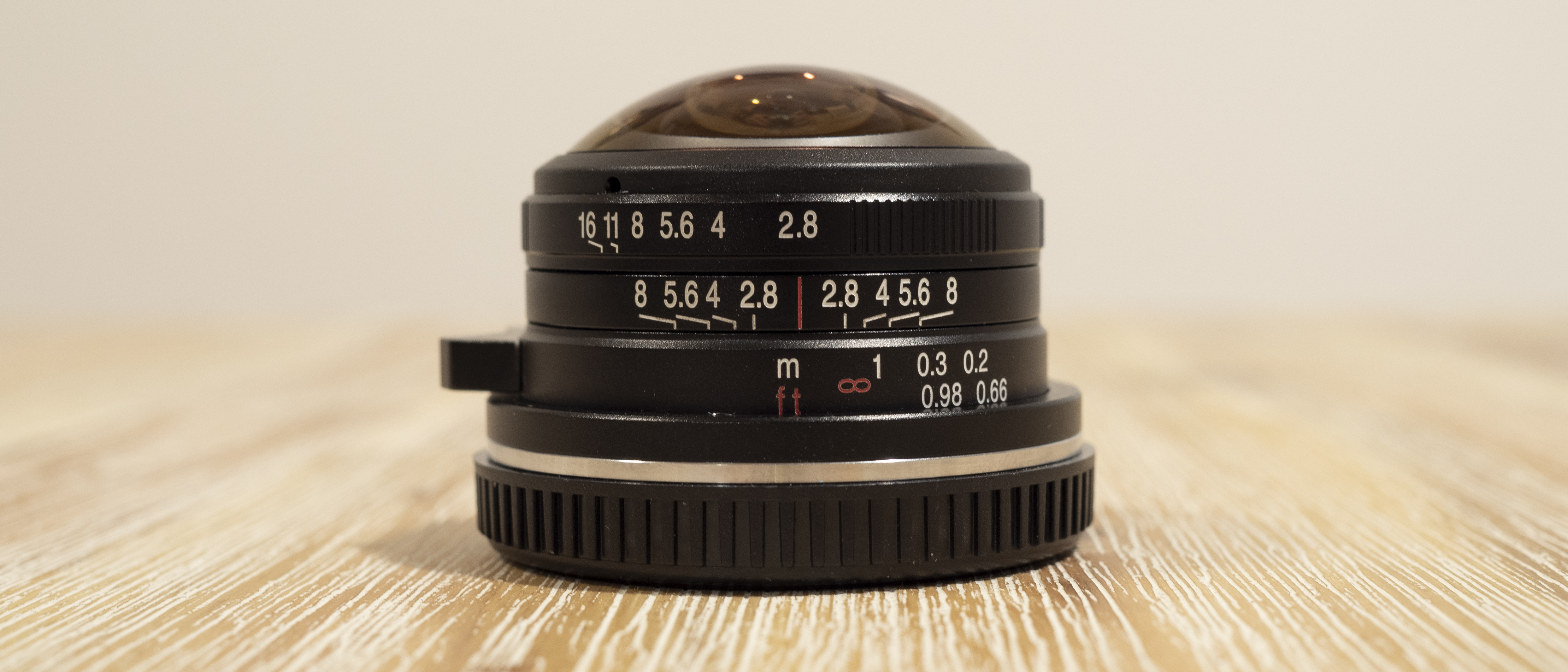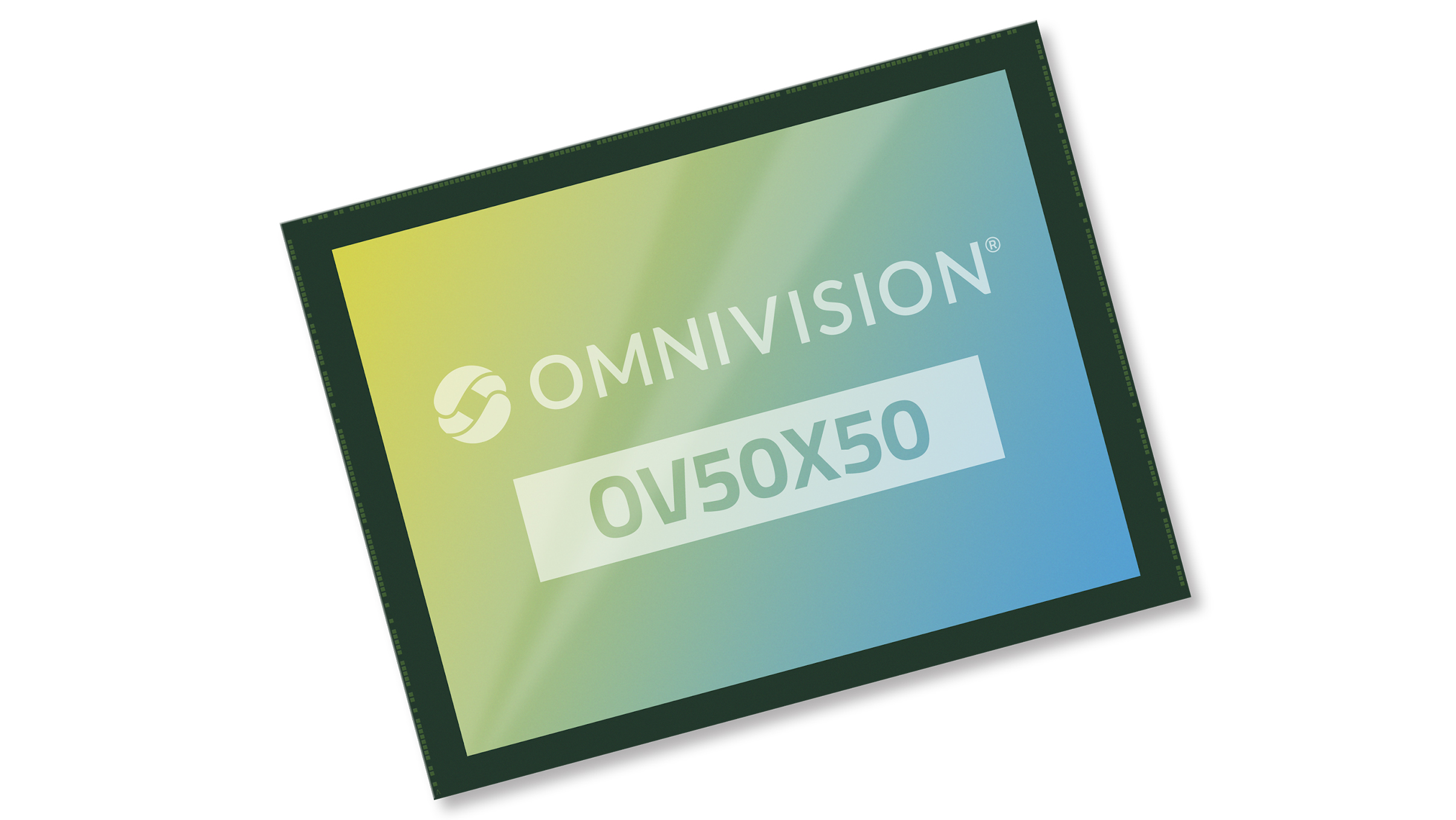Digital Camera World Verdict
At first glance, the Laowa 4mm f/2.8 Fisheye is completely impractical. Within half an hour, however, you fall in love with it, as it challenges your photography and encourages you to see and create images in entirely new ways. The f/2.8 aperture keeps you shooting in low light and the IQ is surprisingly sharp. However, the extreme 210° field of view means that your fingers (and even your camera grip) gets in your shot, so it may not suit your camera body.
Pros
- +
Circular fisheye
- +
Ultra compact and light
- +
Bright f/2.8 aperture
- +
Very affordable
Cons
- -
210° FOV sees your fingers
- -
Tricky to unmount
- -
Vulnerable front element
Why you can trust Digital Camera World
The Laowa 4mm f/2.8 Fisheye is both the most impractical and most addictive lens you will probably ever own. And, at only $199 / £249 / AU$289, it's also borderline essential – a lens that we recommend everyone keep in their camera bag.
If you're ever in a bit of a funk with your photography, simply put this lens on the front of your camera. Its ludicrous 8mm equivalent focal length, 210° field of view and 80mm close focusing distance will a) force you to completely reconfigure the way your brain thinks about everything to do with composition, and b) unlock all kinds of potential shooting possibilities that simply don't exist with any other lens.
• Fisheye lens camera tips: get great shots with a fisheye lens
Obviously the Laowa 4mm is aiming for a place among the best fisheye lenses on the market. Originally released for the Micro Four Thirds mount, it is now available for Canon EF-M, Fujfilm X and Sony E as well – so at this price, is it one of the best cheap lenses for crop sensor cameras?
(Note: In some of our sample images, the top and bottom of the circular image has been slightly cropped. This is a characteristic of the early sample we are using; the final production lens should have the full circle intact.)
Buy the Laowa 4mm f/2.8 Fisheye at Adorama for $199 (ships worldwide)
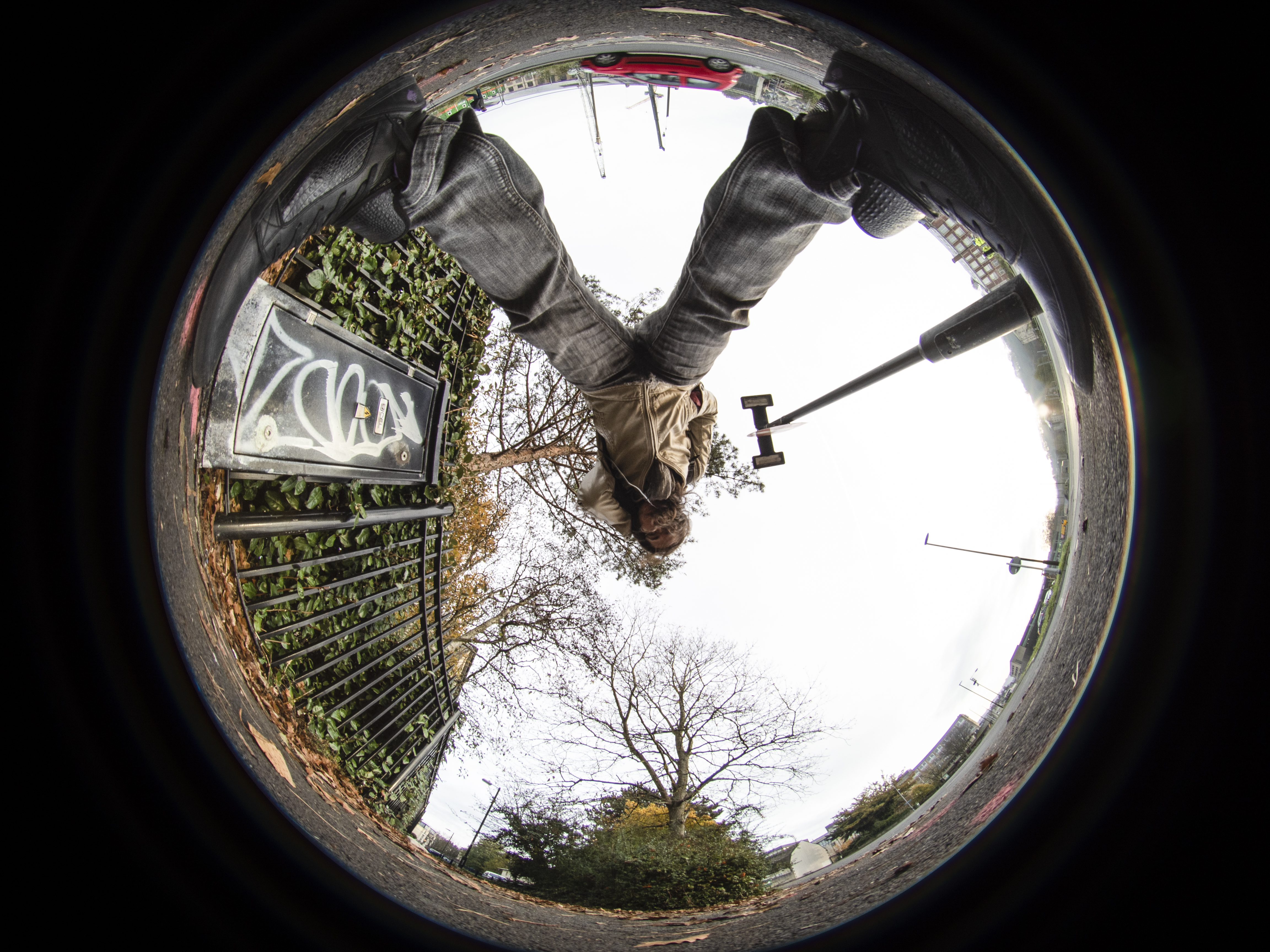
Specifications
Mounts available: Micro Four Thirds, Canon EF-M, Fujifilm X, Sony E
Full-frame compatible: No
Effective focal length: 8mm (MFT), 6.4mm (Canon), 6mm (Fuji, Sony)
Image stabilizer: No
Minimum focus distance: 80mm
Manual focus override: N/A (manual focus only)
Focus limit switches: No
Internal zoom: N/A
Internal focus: Yes
Filter size: N/A
Iris blades: 7
Weather seals: No
Supplied accessories: Lens cap
Dimensions: (Dia x Length): 45.2 x 82mm
Weight: 135g
Build and handling
Most $199 lenses feel cheap and rattly and plasticky, but the Laowa 4mm f/2.8 Fisheye is remarkably solid and substantial. In fact, it's not just 'brilliantly built for a $199 lens', it's brilliantly built period.
Its all-metal contruction is incredibly sturdy, from the metal mount to the superbly designed metal lens cap – which fits snugly like a thimble over the bulbous front lens element, ensuring that no harm comes to it even if it rolls around the bottom of your camera bag. The aperture ring clicks pleasingly into place and, unlike many cheaper manual focus lenses, is positioned away from the focus ring so that you won't accidentally nudge it while you're finding focus.
This is doubly ensured by another brilliant bit of design: the focus ring (like the lens itself) is truly tiny, not even 5mm wide. However, it features a protruding tab with a recess to make it easily thumb-able – so you don't have to faff with a fiddly little focus ring, and the tab gives you wonderfully precise control as a bonus.
It's impossible to overstate just how diddy this lens is, which is one of its absolute highlights as it's so light and small that you can throw it in your pocket or leave it in your camera bag all the time – something that certainly can't be said of other fisheye lenses, like the Olympus M.Zuiko 8mm f/2.8 Pro or the Canon EF 8-15mm f/4 L USM.
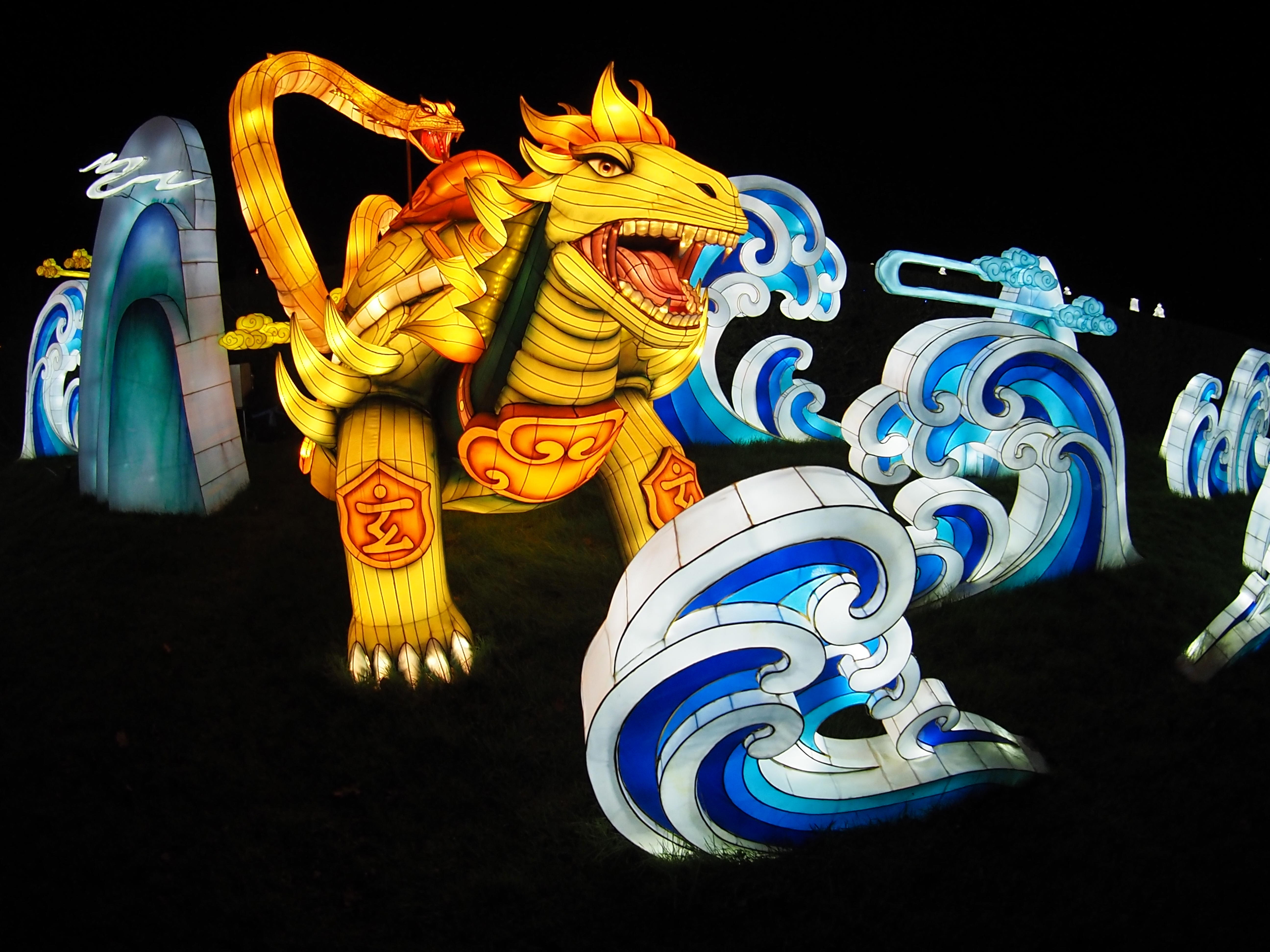
Its size does, however, cause a couple of issues. First of all, the lens is so tiny that it only consists of the bulbous lens element (which you shouldn't touch), the thin aperture ring and the thin focus ring (both of which move), which means that there's nothing to actually hold onto when you need to mount or dismount the lens. Our method is to attach the lens cap and use the focus ring tab to get purchase, and we're sure that putting torque on that mechanism isn't a good thing long term.
The other issue is that the front element is so close to the camera body that not only are your fingers visible in the frame (not to mention your feet and your own body, if you're not careful!), even the camera grip can be seen by the lens depending on the model you're using.
If you mount the Laowa 4mm onto cameras like the Panasonic G9 and Olympus OM-D E-M1 Mark II, the grip will be in every shot you take. You'll need to use the lens with a more flush camera body, like the Panasonic GM5 or Olympus PEN series, and you'll need to change the way you hold the camera – using solely your fingertips, on the top and bottom – to make sure that no digits enter the frame.
For this reason, you'll definitely want to make sure that your camera has a strap so that you don't drop it when holding it so unnaturally. And of course, there is no way to attach filters or other protective measures on the front of the lens, making it very exposed and vulnerable. In short, this really isn't a lens for clumsy shooters!
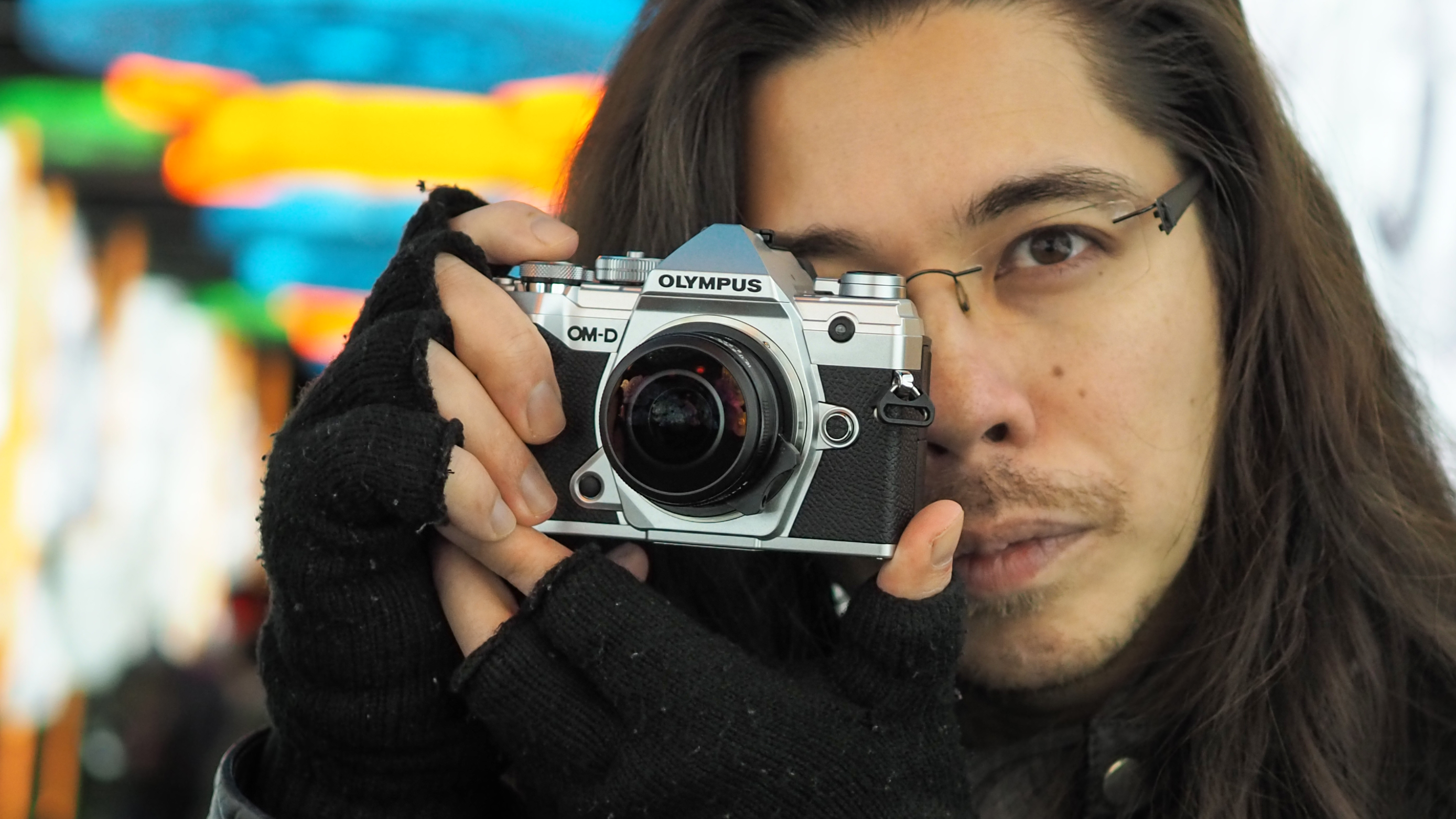
Performance
Unlike other lenses we review, we didn't did our usual lab testing on the Laowa 4mm f/2.8 Fisheye – with its bulbous lens element and by virtue of the fact that it's a fisheye, testing for distortion and corner sharpness is basically pointless.
However, it has to be said that this lens is sharp – surprisingly, noteworthily sharp. This primarily applies to the centre of frame, of course – stray towards the edges and the distortion will numb the sharpness – but at f/5.6 this really is a shockingly sharp lens. In fact, even at f/2.8 it performs admirably, meaning that it's well suited for shooting in low light conditions wide open.
Obviously, being a circular fisheye lens means that your photographs will all be "porthole" shots straight out of camera. This is striking and visually arresting in small bursts, but it won't be long before you start to tire of all your images being circular. Here you have a number of alternatives; in post production you can simply crop into your photo, or use a Photoshop plug-in or dedicated software to de-fish the shot.
However, depending on your camera, you can also make use of a Digital Teleconverter mode, which will digitally crop into your image in-camera and also apply a small degree of de-fishing at the edges of frame. We found that this worked particularly well on the Olympus OM-D E-M5 Mark III. Of course, if you're going to use any of these methods to artificially turn circular photographs into full-width images, you will want the most pixels possible to play with – cameras with 20MP resolution and above give great results.
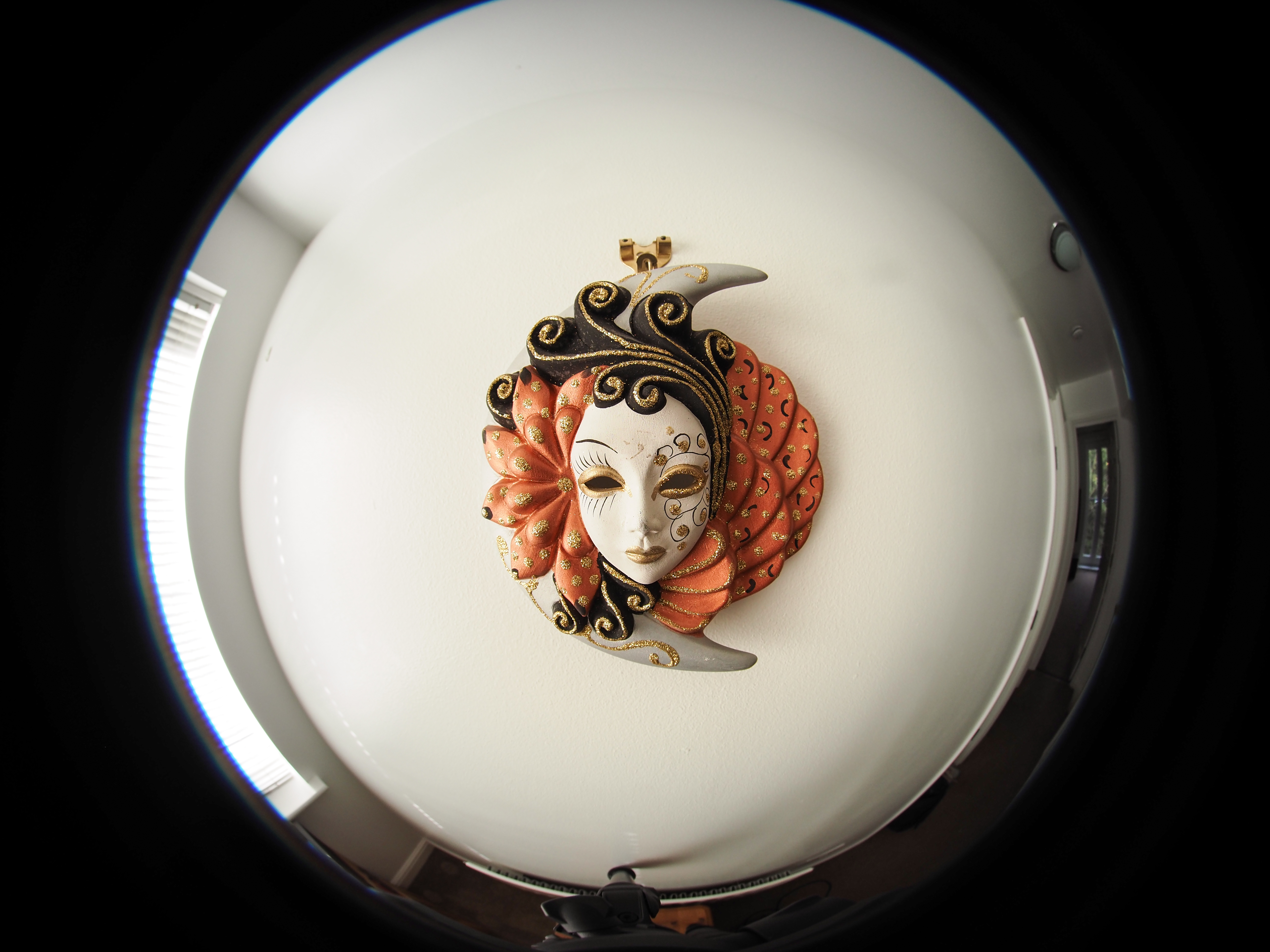
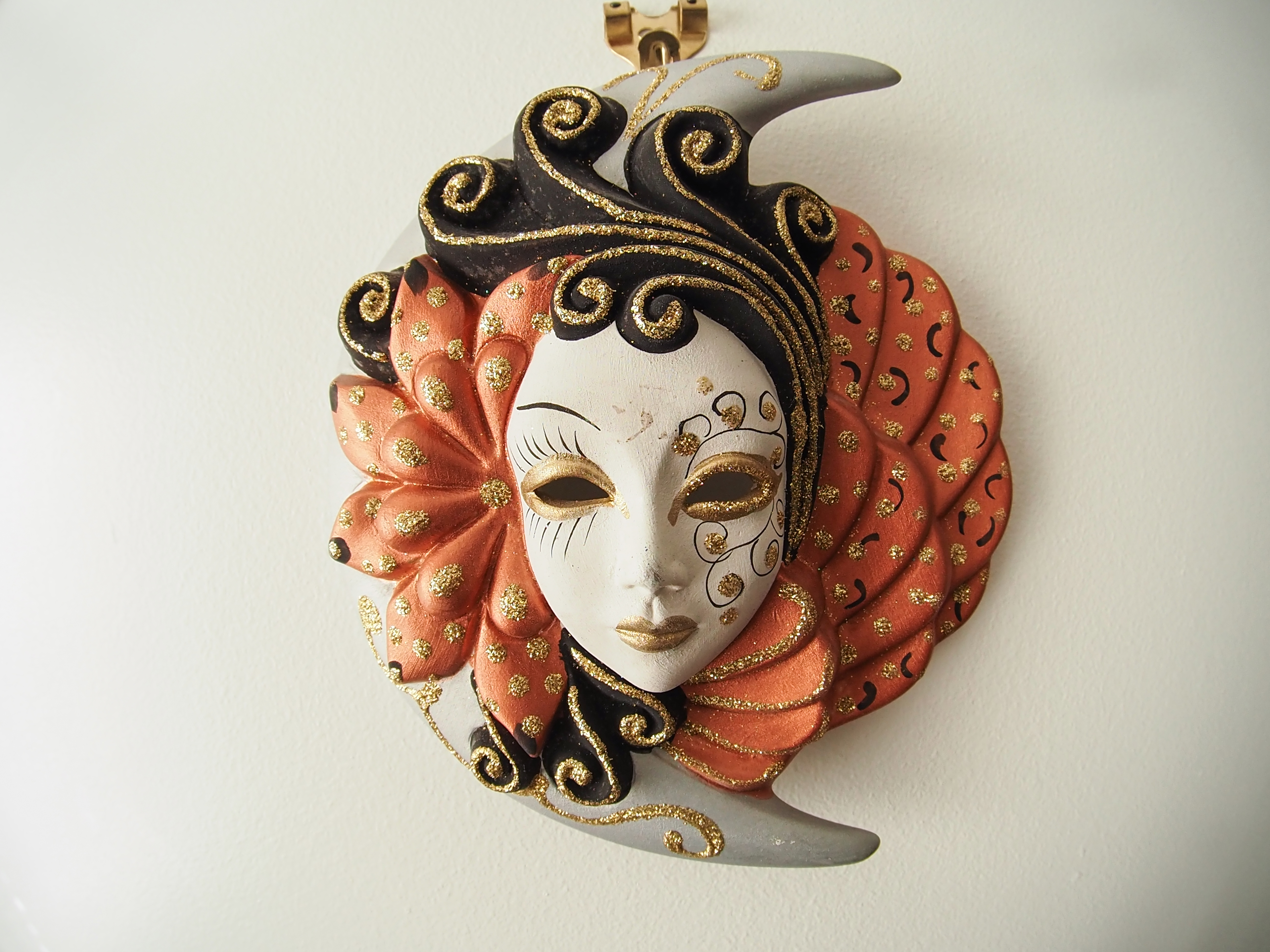
The sample images above and below illustrate two of these methods – one where a standard circular image is taken, and one where we've used the Digital Teleconverter to produce a full-width image in-camera – so that you can compare the results.
This gives you a valuable shooting alternative for the Laowa 4mm, particularly when it comes to video. Because as much fun as it is to shoot circular shots for still photographs, this doesn't work quite as well in 16:9 video. However, by using your camera's Digital Teleconverter function, the lens becomes a full-width ultra-wide angle optic that gives you an incredible new filmmaking option. Guerrilla cinematographers will absolutely love this Laowa.
Between the superb sharpness, fast aperture, 210° field of view and 80mm close focusing distance, this lens is hilariously impractical in one respect but amazingly practical when you embrace its extremes. You can fit virtually everything in your frame, whether you're shooting landscapes, buildings, groups of people, the inside of a washing machine, or extreme close-ups of giant statues. Since fisheye lenses inherently possess a wide depth of field, focusing is an absolute breeze even though it's manual – making this a great candidate for street shooters, too.
The lens does exhibit chromatic aberration, particularly towards the edge of frame, as well as vignetting – neither of which are surprising for a fisheye, especially at this price point, but the effects aren't egregious (and are only a few clicks to correct in post). Flare can be an issue, though, even in indirect light, given the enormous field of view and impossibility of a hood.
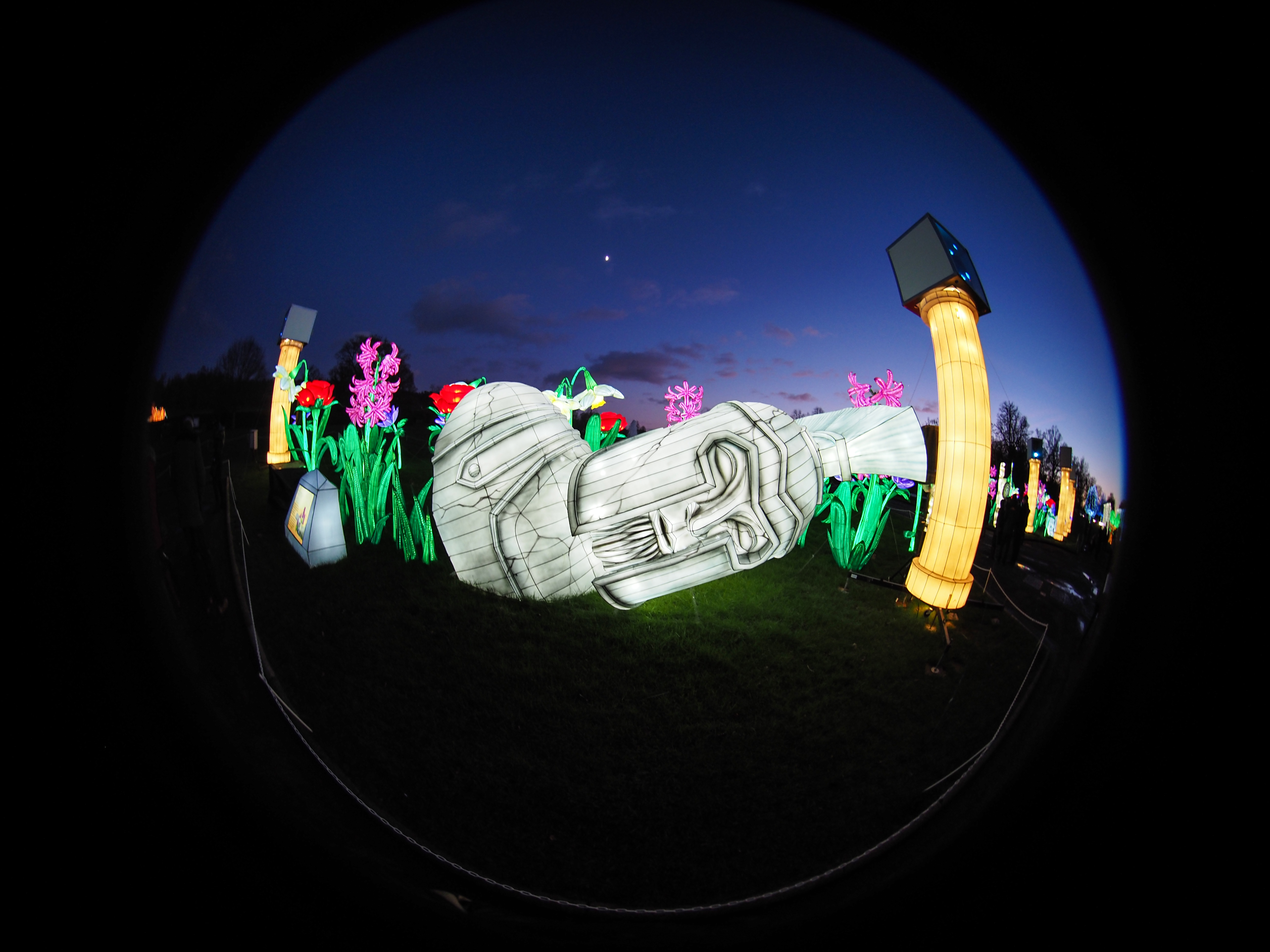
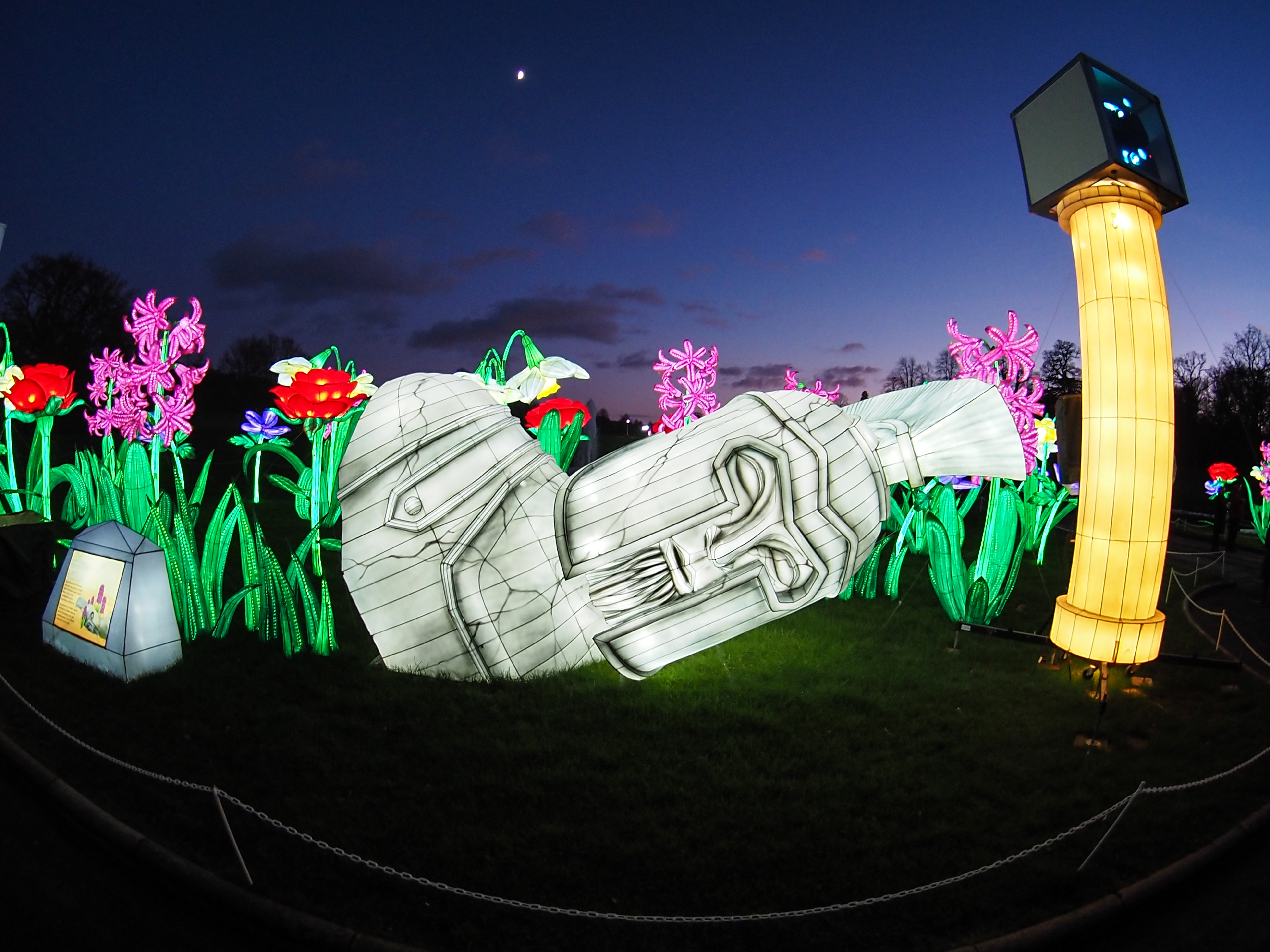
Verdict
If you've never used a fisheye, trust us – this lens is so far removed from anything you've used before, it really is the closest you can get to experiencing the joy of learning photography all over again. None of the rules of portrait lenses or landscape lenses apply here – it's like picking up a camera for the very first time.
If you have used fisheyes before, we don't need to sell you on their virtues. While there are optically superior options out there – the aforementioned Olympus and Canon lenses are optically spectacular, and the Canon enables you to go from circular to full frame – none are as small, as light, as cheap or as flat-out fun to use as the Laowa.
It's a lens that will challenge you – to try shooting differently, to break out of your comfort zone, to have fun with your photography again – and it rewards you by giving you photographs you've taken before.
Fisheye lenses aren't for everybody, they aren't for every day and they aren't for everything. However, at this price and this performance, the Laowa 4mm f/2.8 Fisheye is something that everyone should have in their camera bag – just in case, and just because.
Read more:
The best fisheye lenses in 2020
The best Micro Four Thirds lenses in 2020: lenses for Olympus and Panasonic
The best cheap lenses in 2020: affordable lenses for DSLRs and mirrorless cameras

James has 22 years experience as a journalist, serving as editor of Digital Camera World for 6 of them. He started working in the photography industry in 2014, product testing and shooting ad campaigns for Olympus, as well as clients like Aston Martin Racing, Elinchrom and L'Oréal. An Olympus / OM System, Canon and Hasselblad shooter, he has a wealth of knowledge on cameras of all makes – and he loves instant cameras, too.

